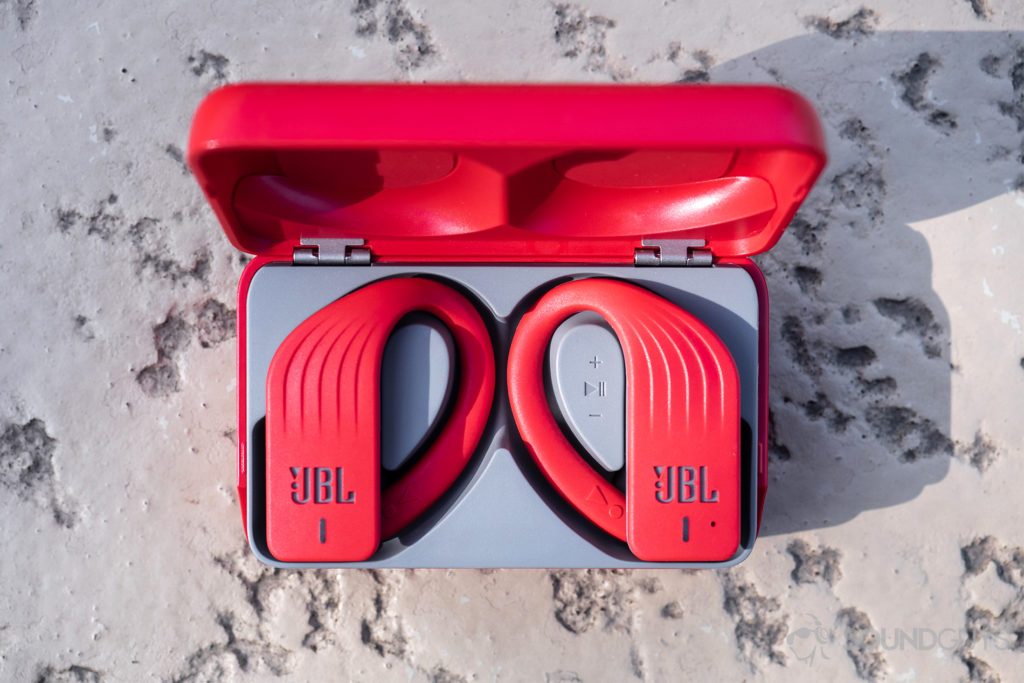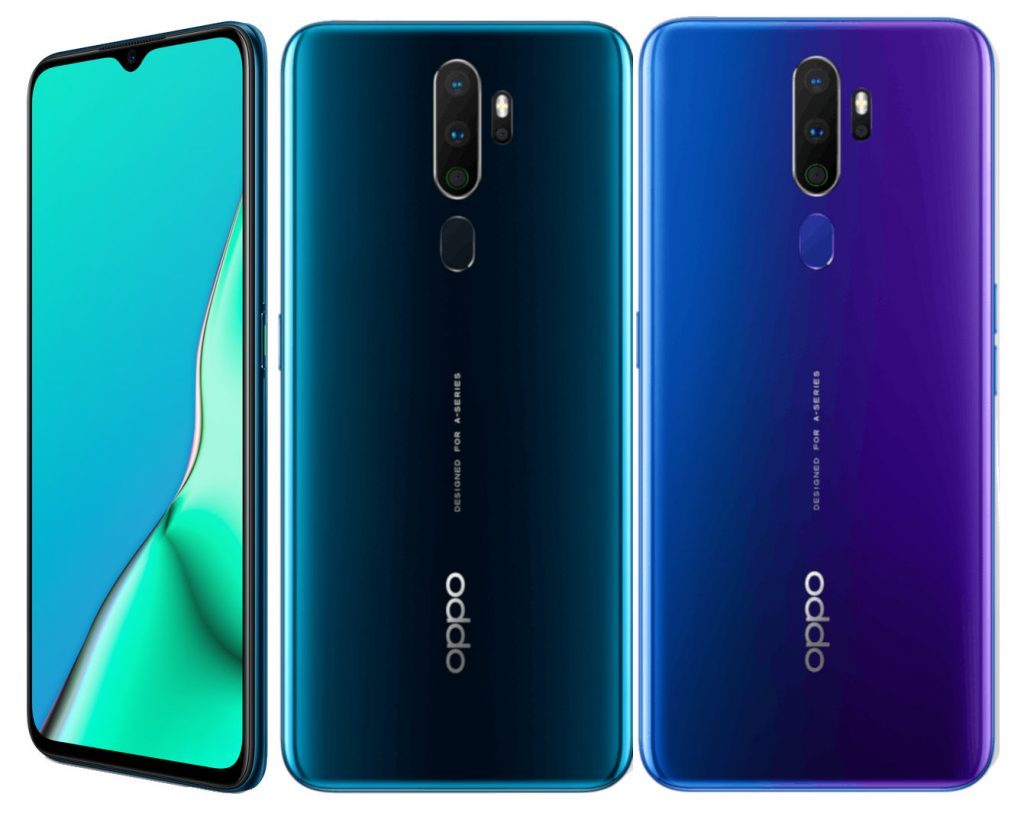PAT PILCHER gets his clammy hands on the super bright screen of Microsoft’s latest Surface notebook.
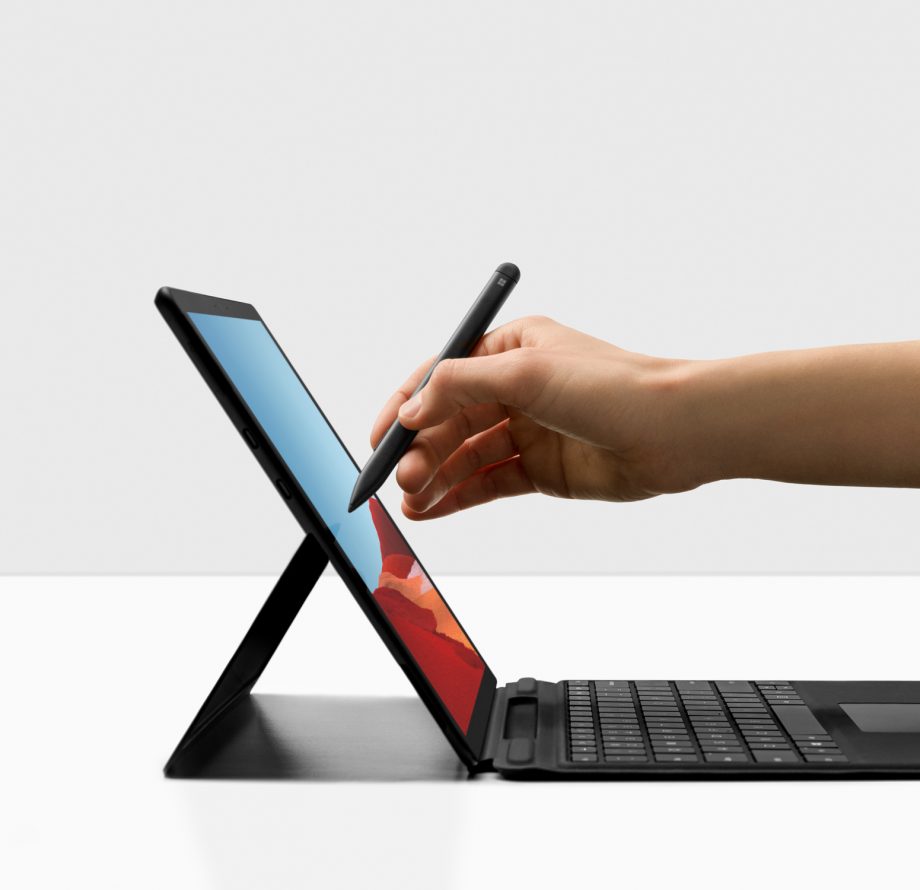
The super slim design of the Surface Pro X – Microsoft’s newest two-in-one notebook PC – combined with several other design flourishes to make it an appealing piece of hardware aimed at those needing to compute on the move.
From a look and feel perspective, the Surface Pro X is very easy on the eyes and should be a pleasure to use. Tucked away inside its slim chassis is a custom CPU designed for Microsoft by Qualcomm. It uses the same ARM architecture as used in smartphones. In practice, this translates into 13 to 13.5 hours of battery life, according to Microsoft, and a thinner design that makes ultra-books look like fatties and integrated 4G.
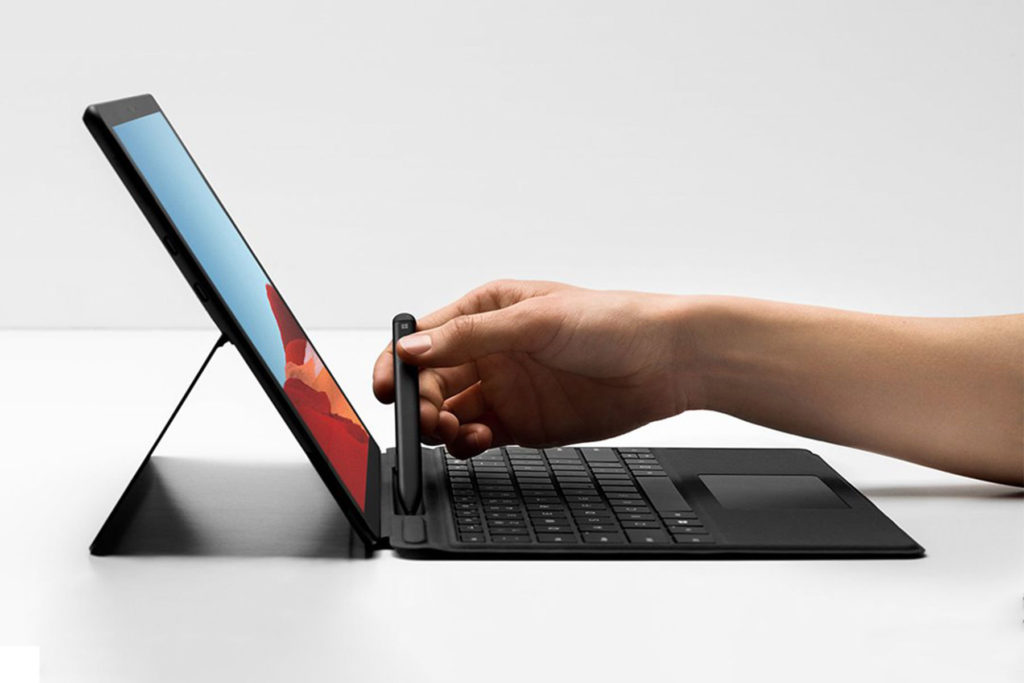
Going with an ARM architecture makes a lot of sense from a design and features perspective, but will it deliver Intel-comparable performance when it comes to especially demanding apps?
It also comes in four different flavours. The spec for the most affordable model isn’t too shabby at all. Kitted out with 8GB of RAM and 128GB of storage, a Surface Pro X will costs $1899, or for a few more dollars ($2399) you can get 8GB and 256GB of storage. There is also 16GB of RAM and 256GB /512GB of storage (from $3299). As with other Surface offerings, the Surface Pro X’s keyboard and stylus is sold separately ($479.95).
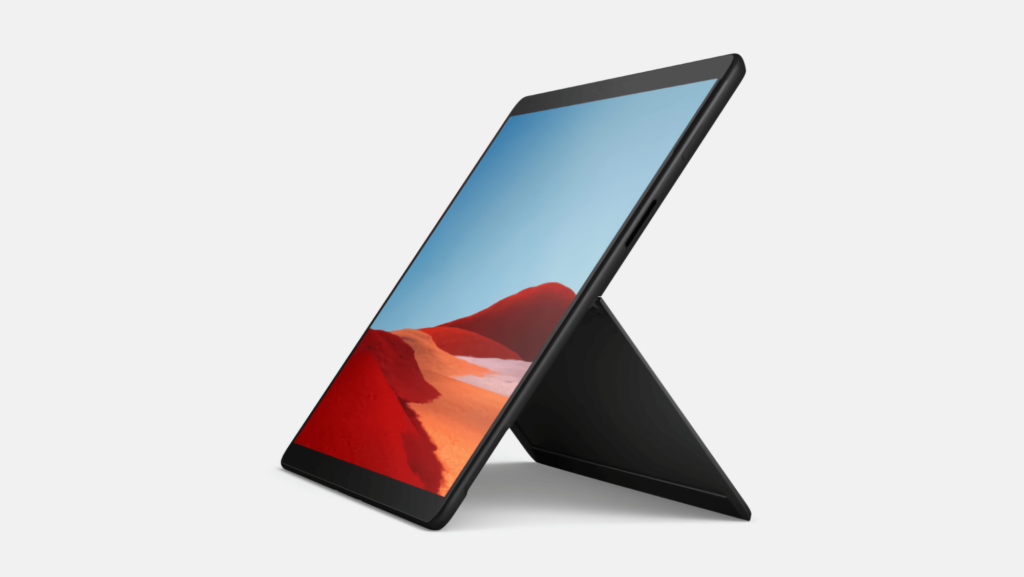
In terms of the positioning of the Surface Pro X, it appears aimed the iPad Pro market. Solid battery life, a slim design and 4G are likely to be big selling points for the road-warrior crowd.
During my all too brief hands-on at the launch event, the Surface Pro X felt zippy. I couldn’t play with it for long and didn’t get a chance to test it with a dozen browser tabs open and demanding apps fired up. Definitive comments about performance will have to wait until I can put it through its paces with the usual benchmark suites.
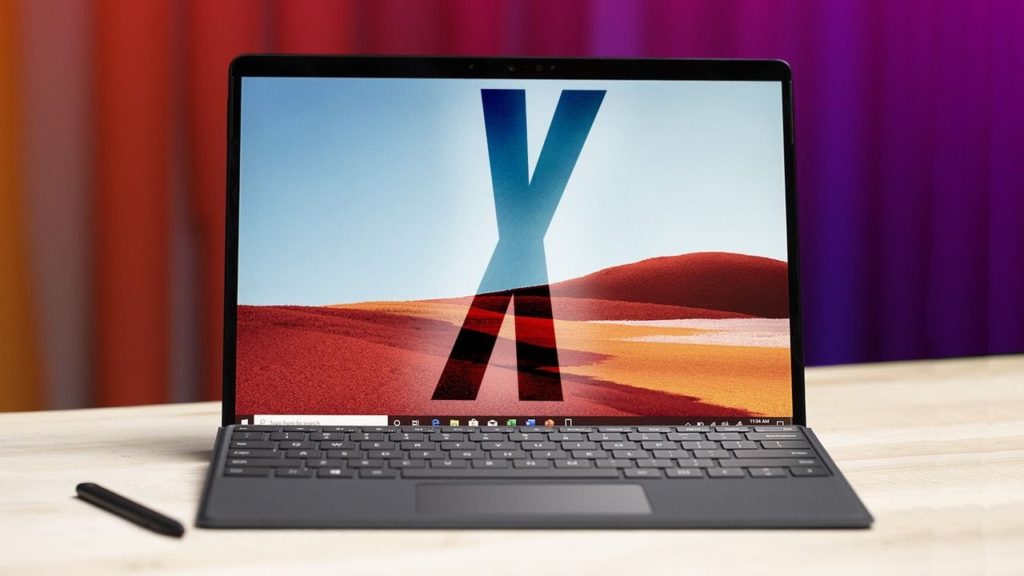
Speculation around performance aside, I was impressed by the Surface Pro X’s 13-inch display. Microsoft says its display uses what they call “PixelSense technology”. Although I’ve no idea what PixelSense means, the display was vivid and bright. The screen was also helped along by a thinner bezel which gives it an almost all-screen design.
The other big selling point with the Surface Pro X is the Signature Keyboard and Slim Pen. Like other Microsoft Surface keyboards, the Surface Signature Keyboard seemed Tardis-like in that it is wafer-thin, but has at least 2mm of travel. Better still, the keyboard comes with a small hollowed-out cavity for storing the Slim Pen, which also doubles as an inductive charger. I wish Microsoft had included it in the sticker price.
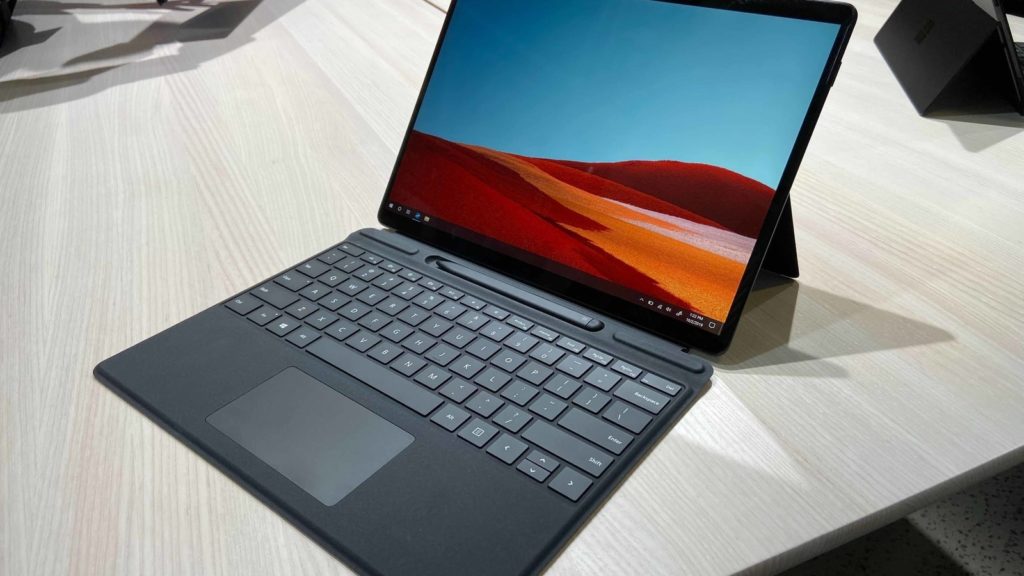
That said, having to store Surface stylus pens in a laptop bag where they are hard to find looks set to become an annoyance of the past. Last (but by no means least) there’s also a solid line up of ports, including 2 USB-C connections.
All told, the Surface Pro X has a lot going for it. Its lightweight design cleverly trades little in the way of functionality for portability. Built-in 4G also gives the Surface Pro X serious appeal. Microsoft’s dual-screen widgets might be stealing the headlines, but the Surface X is what road warriors will want when it launches in November.



